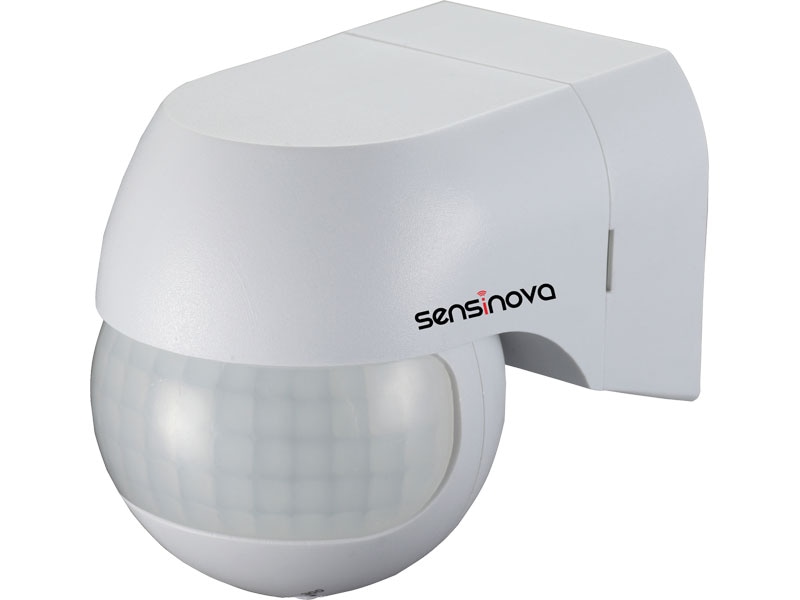Nov 30 2016
The sensor manufacturer OPTEX is rolling out its outdoor and high-resolution indoor laser sensor RLS-2020S. The makers say that this complements its REDSCAN mini sensor that features a 20x20m detection range.
 Credit: Manufacturing and Engineering Magazine
Credit: Manufacturing and Engineering Magazine
The new sensor will be launched in North and South America in December and in Europe, Middle East and Africa (EMEA), Dubai’s Intersec show from January 22 to 24, 2017 is the chosen exhibition for the product’s launch.
The S-model features a microprocessor that provides more sensing the product developers say. In indoor uses, it can be set up to identify fast travelling objects or very small objects, it’s claimed. This information can be relayed to a Video Management Software (VMS) for response. The sensor is PoE compliant, and can send alarms via traditional relay outputs or by using its IP based Redwall event code that is integrated with VMS platforms.
The processor also enables the RLS-2020S to be deployed outdoors, and has a number of environmental resistance features to further minimise false alarms in all kind of weather according to the firm.
Indoors, the sensor is able to use the high-resolution mode to detect objects as small as 2.5cm in diameter. It also has a ‘throw-mode’ to detect fast-moving objects being thrown in the air, or an individual running at 16.2kph in a straight vertical detection or at 45kph using a 30 degree angled detection with a 25-millisecond response time.
As for installation and set-up, installers can now set four independent zones of detection within each sensor’s range (as opposed to its predecessor’s one-zone detection). For both the RLS-2020I, the indoor only model, and the RLS-2020S, OPTEX’s REDSCAN MANAGER software lets users configure their sensors so that specific environments are taken into consideration; selecting detection areas that can be set by times of the day, and with the option to set a specific size or speed of object to be detected.
Source: http://www.memuk.org/